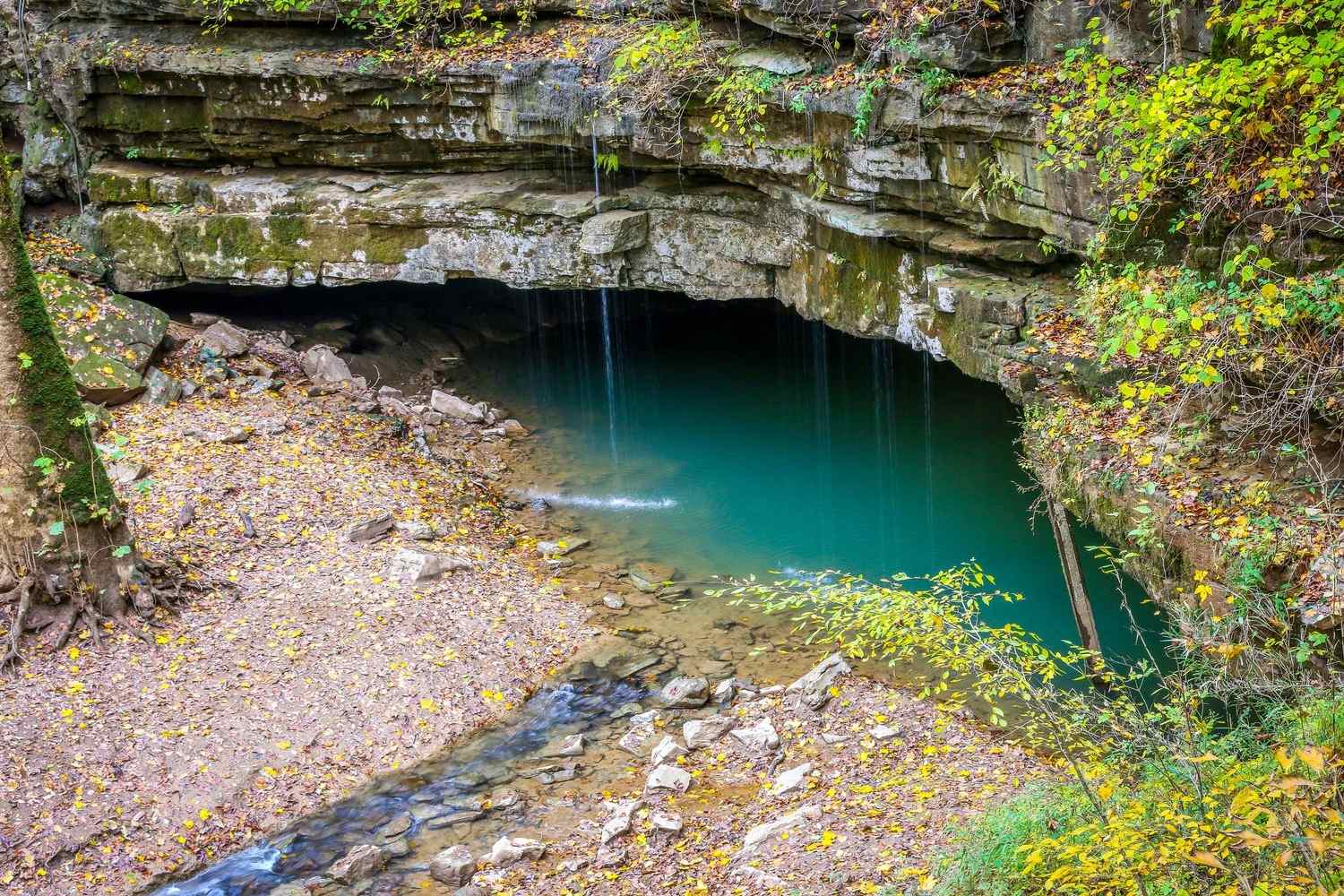Secrets Of Kentucky’s Mammoth Cave River Passages

Have you ever wondered what lies beneath the surface of Kentucky's Mammoth Cave? This incredible cave system, known for its vastness, hides a network of mysterious river passages. These underground rivers have carved out some of the most stunning and intricate formations you can imagine. Exploring these passages feels like stepping into another world, where water and rock have danced together for millions of years. Whether you're an adventure seeker or a nature lover, the Mammoth Cave river passages offer a unique glimpse into the Earth's hidden wonders. Ready to dive into the secrets of this subterranean marvel? Let's get started!
Discovering the Hidden Wonders of Mammoth Cave
Mammoth Cave, located in Kentucky, is the world's longest cave system. Its intricate network of underground rivers and passages offers a unique adventure for explorers. Let's dive into some of the most fascinating spots within this subterranean marvel.
The Majestic River Styx
The River Styx is one of the most iconic underground rivers in Mammoth Cave. Its dark, mysterious waters have captivated visitors for generations.
- Echo River: This river flows through a large passage and is known for its eerie echoes. The sound of water dripping and flowing creates an otherworldly atmosphere.
- River Hall: A massive chamber where the River Styx widens. The hall's size and the river's calm flow make it a serene spot for reflection.
- Crystal Lake: A clear, still body of water that reflects the cave's formations. It's a peaceful place to pause and take in the beauty of the cave.
The Enigmatic River Passages
Mammoth Cave's river passages are a labyrinth of tunnels and waterways. Each passage has its own unique features and stories.
- Frozen Niagara: Named for its stunning formations that resemble a frozen waterfall. The passage is narrow, but the views are worth the squeeze.
- Grand Avenue: A long, wide passage that feels like an underground highway. It's one of the main routes through the cave and offers a glimpse of the cave's vastness.
- Cleveland Avenue: Known for its smooth, polished walls. The passage is a testament to the power of water in shaping the cave.
The Mysterious Subterranean Lakes
Mammoth Cave is home to several underground lakes, each with its own unique charm. These lakes are often hidden deep within the cave, making them a rare sight for visitors.
- Lake Lethe: Named after the river of forgetfulness in Greek mythology. The lake's still waters and dark depths give it an air of mystery.
- Lake Purity: A small, crystal-clear lake that offers a stark contrast to the surrounding darkness. It's a beautiful spot to stop and reflect.
- Lake of the Clouds: A large, shallow lake that often has a misty surface. The lake's ethereal appearance makes it a favorite among photographers.
The Hidden Chambers
Beyond the rivers and lakes, Mammoth Cave is filled with hidden chambers waiting to be explored. These chambers often contain unique formations and offer a glimpse into the cave's history.
- Snowball Room: Named for its round, white formations that resemble snowballs. The room is a popular spot for visitors to take a break and enjoy the unique scenery.
- Rotunda: A massive chamber with a high ceiling and impressive acoustics. The Rotunda is one of the largest rooms in the cave and a must-see for any visitor.
- Frozen Niagara Room: Located near the Frozen Niagara passage, this room features stunning formations that look like frozen waterfalls. It's a breathtaking sight that showcases the cave's natural beauty.
The Fascinating Wildlife
Mammoth Cave is not just about rock formations and water. The cave is also home to a variety of unique wildlife that has adapted to the dark, subterranean environment.
- Eyeless Fish: These fish have adapted to life in complete darkness by losing their eyesight. They navigate using other senses, making them a fascinating example of evolution.
- Cave Crickets: These crickets are larger than their surface-dwelling counterparts and have long antennae to help them navigate the dark.
- Bats: Several species of bats call Mammoth Cave home. They play a crucial role in the cave's ecosystem by controlling insect populations.
The Historical Significance
Mammoth Cave has a rich history that dates back thousands of years. The cave has been used by Native Americans, early settlers, and even as a source of saltpeter during the War of 1812.
- Historic Entrance: The main entrance to the cave, used by early explorers and visitors. It's a significant historical site that offers a glimpse into the cave's past.
- Saltpeter Works: Remnants of the old saltpeter mining operations can still be seen in the cave. These works played a crucial role in the production of gunpowder during the War of 1812.
- Mummy Ledge: A ledge where ancient Native American mummies were discovered. The site offers a fascinating look into the cave's long history of human use.
Discovering the Depths of Mammoth Cave
Exploring Kentucky's Mammoth Cave River Passages offers a unique adventure. The underground rivers and hidden chambers make this cave system a must-see. Whether you're an experienced spelunker or a curious traveler, the cave's vast network provides something for everyone. Guided tours help you navigate the complex passages, revealing the cave's rich history and geological wonders. Don't forget to bring a camera to capture the stunning rock formations and underground waterfalls. Planning your visit during off-peak times can enhance your experience, allowing you to fully appreciate the cave's natural beauty without the crowds. Mammoth Cave is more than just a destination; it's an unforgettable journey into the heart of the Earth. So, lace up your hiking boots, grab a flashlight, and get ready to uncover the secrets hidden beneath Kentucky's surface.

